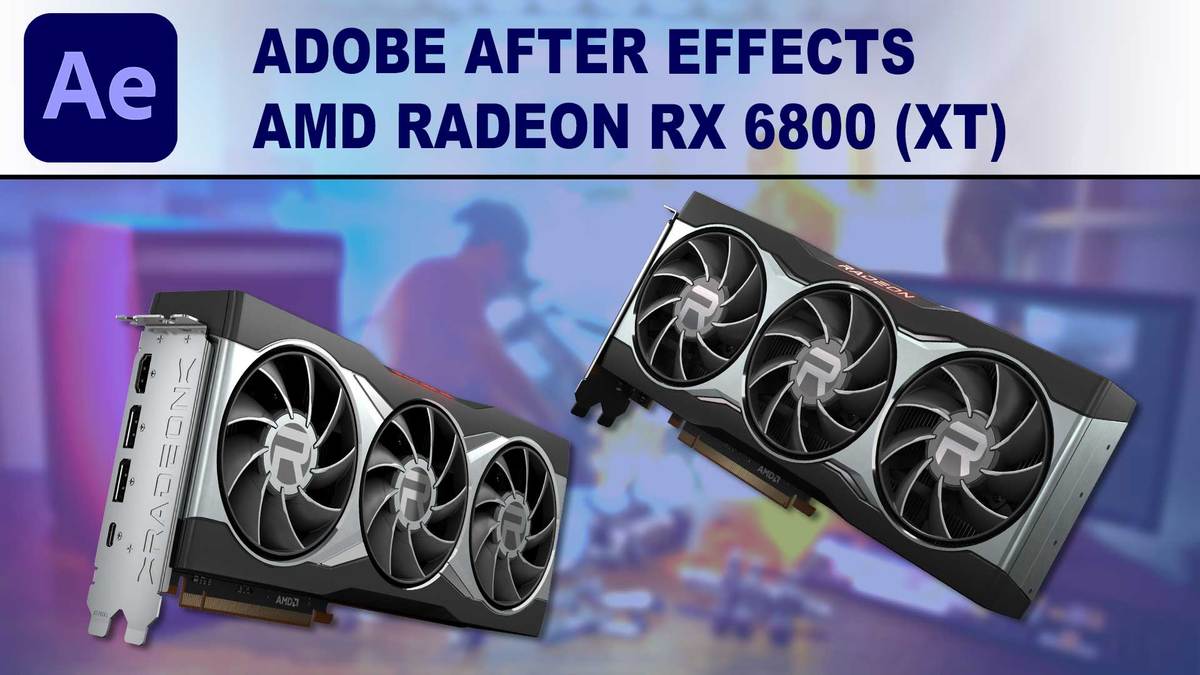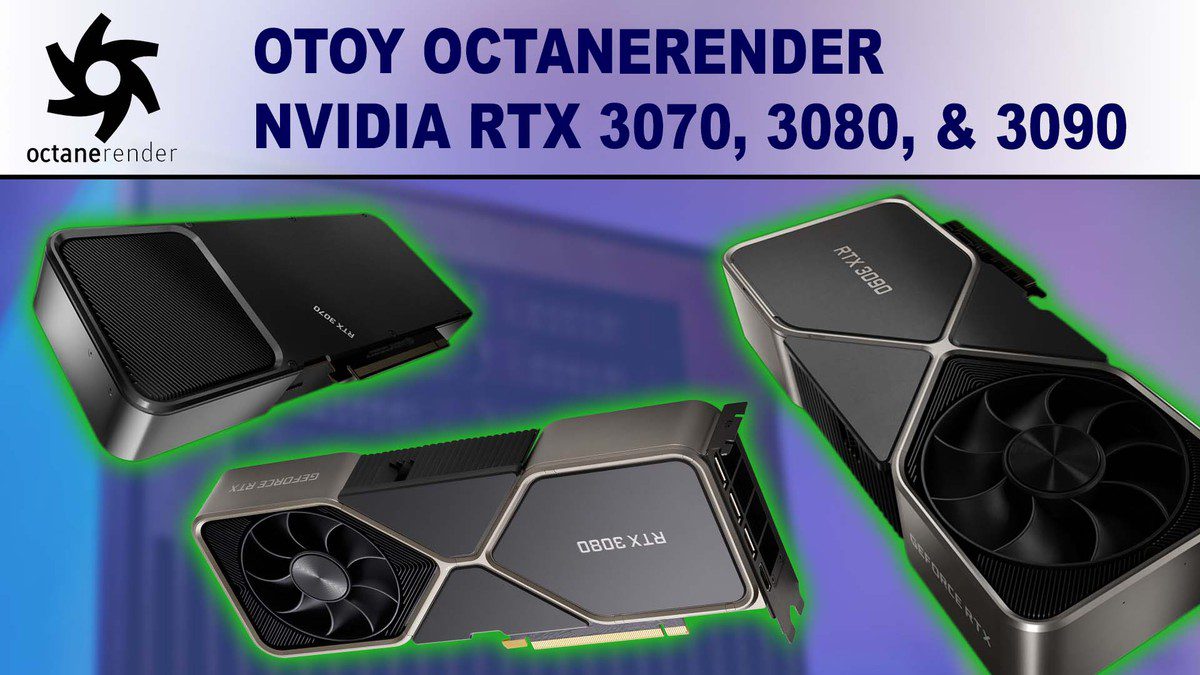The Radeon RX 6800 cards are here, with AMD boasting significant performance gains over the previous generation. We have looked at how the 6800 16GB and 6800 XT 16GB perform in a range of professional applications to help you decide whether they are worth using in a new workstation, or as an upgrade in your current system.














